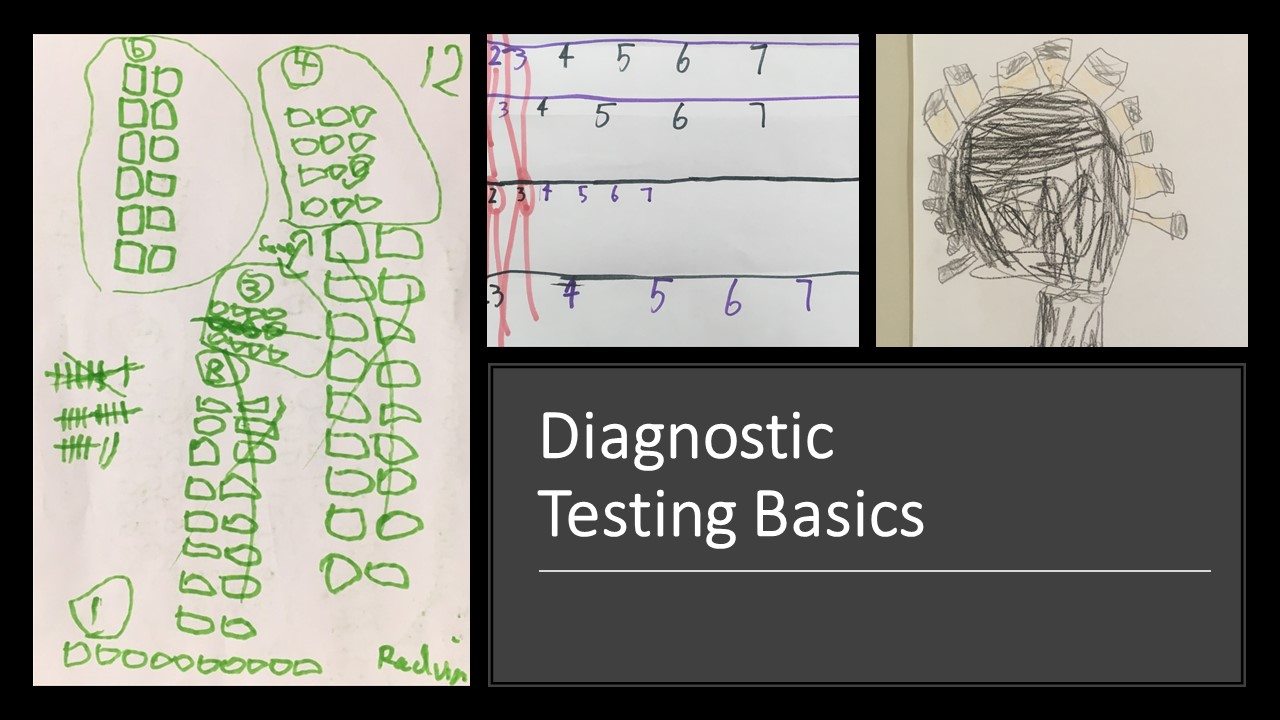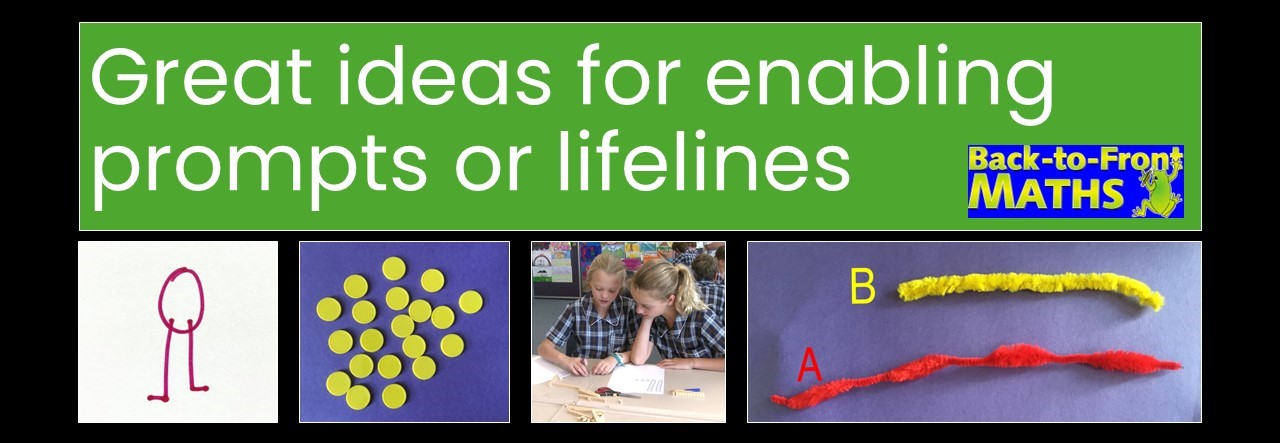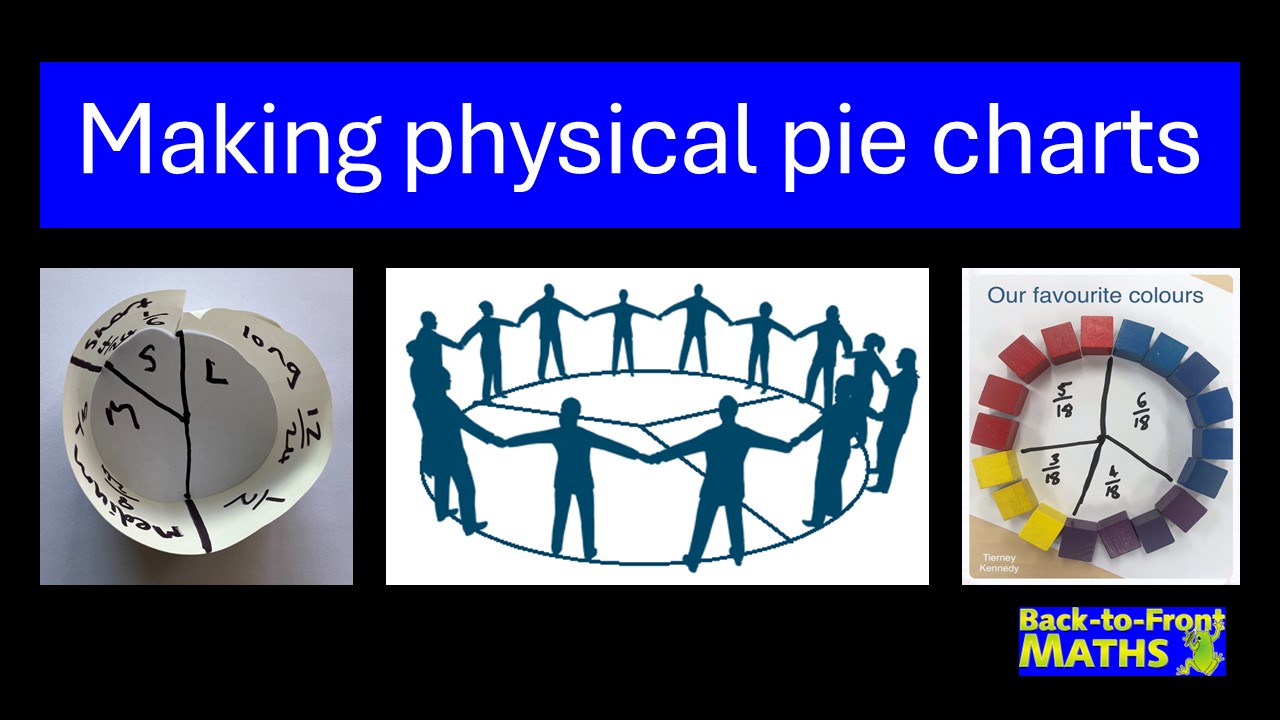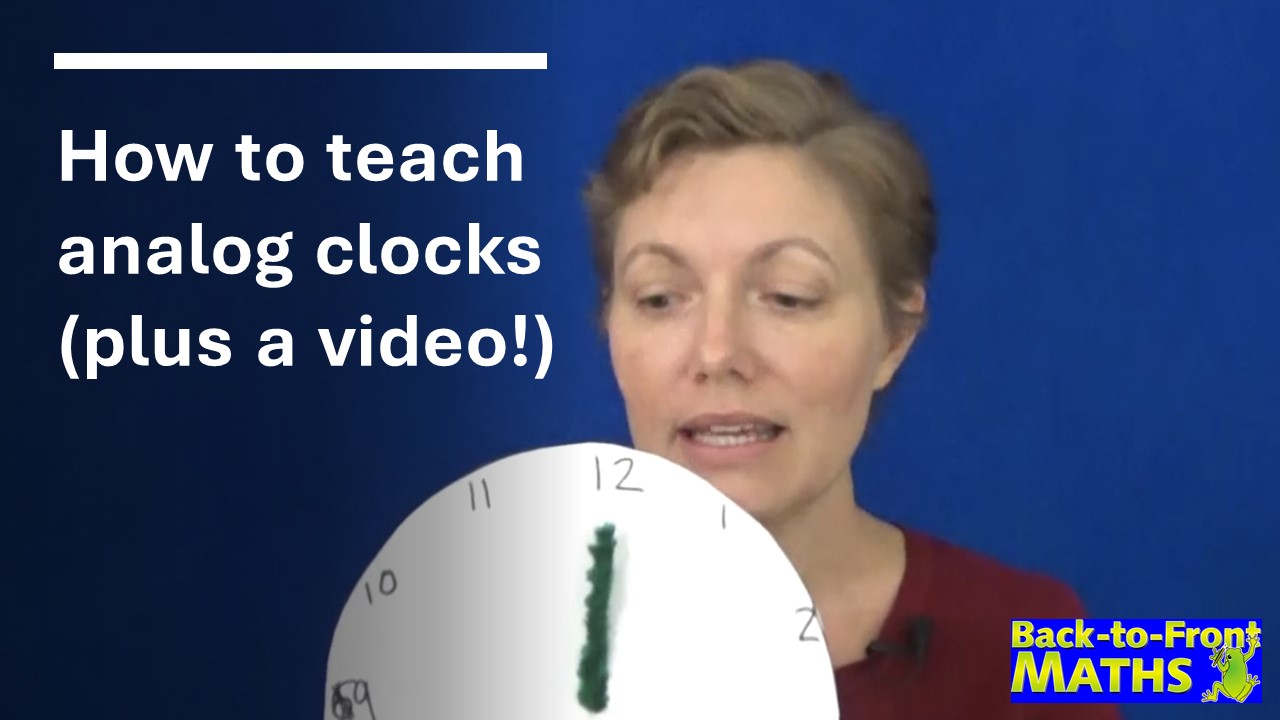
Formative assessment, developmental stages and starting the year well
The goal of formative assessment should always be to find out what each student NEEDS next, rather than focusing
Download this article to print
This article explains, with examples, the best process to address misconceptions and links you with resources to resolve the specific misconceptions found in your class. It takes 2 minutes to read and 30 minutes to implement.
Are you looking for Interventions Resources to diagnose and fix misconceptions? Click on this link.
“Misconceptions” is a term used to describe deep, intuitive misunderstandings about mathematics. These form when students get an idea in their heads about how something works that makes intuitive sense to them. Misconceptions heavily influence a student’s ability to learn and retain mathematics in class and, in many cases, are the cause of great confusion to the student. Until these misconceptions are diagnosed, confronted and abandoned they cause problems.
When we see students answering questions in really weird ways we tend to respond in one of these two ways:
Misconceptions are a problem with understanding, not with fluency or memory. The kids fundamentally don’t get a concept. They need to have this problem fixed before they can successfully learn a new concept. Otherwise we keep chasing our tails as students keep “forgetting” what they have “learned”.
In Back-to-Front Maths, we have developed a unique process of dealing with student misconceptions – instead of telling them that they’re wrong, we confront the problem head-on by taking students along a logical-thinking path of answering questions until they decide that their initial idea would never work and abandon it. You can think of this as taking things to their illogical extreme. Here’s how it works:
For video examples – click here.
Firstly, instead of opening up the problem (“why don’t you try something else?”), we narrow it. By using a sequence of closed questions we limit the possible responses, and begin to present the student with situations that challenge and confront their thinking. They aim to point out the illogicality of thinking. These questions become more and more narrow, forcing the student to reconsider their initial answer each time until they realise the problem for themselves. To watch a video and see a student’s response to confronting questions, click here.
For example,
Students were asked to model 23.7 out of MAB blocks (Grade 5, Journal Problem number 4). James made 23 blocks, then drew a dot on the page and made another 7 blocks. He did not understand that 7 tenths need to be smaller than ones.
Download this lesson plan from Back-to-Front Maths
Here’s how to confront this misconception:
These questions forced James to realise that what he had made was actually 30, not 23.7. He realised that the numbers after the decimal point must be SMALLER than ones – he abandoned his misconception and was ready to try something else.
He went back to his initial idea, and decided to use half-sized blocks to model the decimal number (23 normal blocks, and 7 half-blocks). This showed another misconception – the misunderstanding of the “base-ten” nature of place value. The teacher, again following the lesson plan tried these:
James quickly realised that half-blocks would end up making 3.5, which when put together with the 23 would make 26.5, not something that is between 23 and 24. He then tried cutting the blocks into quarters and sevenths, both of which made 24 or bigger when put back together. He was stuck.
Once a student has abandoned their misconceptions, the second step is to lead them to make connections to what they already know. Now was the time to lead him to discover the base-ten nature of decimal numbers, connecting it with his previous knowledge of the base-ten nature of whole numbers. The teacher, again following the Back-to-Front Maths lesson plan did this:
James had a light-bulb moment. It would take 10 tenths to make one! Therefore to make 0.7 he would need 7 tenths! It couldn’t possibly be anything else because the size wouldn’t work! It fit the pattern, it joined the dots, he had made the connection.
Light-bulb moments create “forever” learning. They change our fundamental ways of thinking and we are never the same again. Learning does not actually progress “a little bit at a time” in a kind of steady process of building upon previous concepts. Real learning happens in leaps and bounds – all at once we understand something that we previously hadn’t. That’s why most school learning is ineffective. That’s why we have to keep reteaching concepts. That’s why students just “don’t get maths”.
We have to stop evaluating the effectiveness of our teaching by what students can remember immediately after we have taught it, and start thinking in terms of long-term learning. What will my students still know after the Christmas holidays? If we can’t change that, then we are basically just wasting our time. Someone else is going to have to go back and reteach it all next year anyway.
But we can make misconception-shattering, mind-altering changes to students. We can create life-long understanding! It’s just that we can’t do it by telling a student that they’re wrong or trying to fix it all for them. We have to start realising that the most effective way of teaching is by actually not “teaching”, but by helping the student to question what they think. By enabling them to change their own minds, not doing it for them. By using problem-based teaching to create light-bulb moments.
By Tierney Kennedy

The goal of formative assessment should always be to find out what each student NEEDS next, rather than focusing
Recently I’ve been pondering findings from a major report into Australian schooling that kids who are struggling in maths by

Enabling prompts or life lines are a fantastic way of helping students who are stuck to get started. They do not reduce

Pie charts are an awesome way of linking statistics, fractions and angles, however they can often be difficult for students

While it may sound counter-intuitive, the easiest way to learn to tell the time is to remove the minute hand
Hundreds charts are great for connecting tens and ones. Why not turn one into a jigsaw puzzle to use in

KENNEDY PRESS PTY LTD
FOR ALL ENQUIRIES, ORDERS AND TO ARRANGE PD:
© COPYRIGHT 2023 KENNEDY PRESS PTY LTD ALL RIGHTS RESERVED TERMS & CONDITIONS